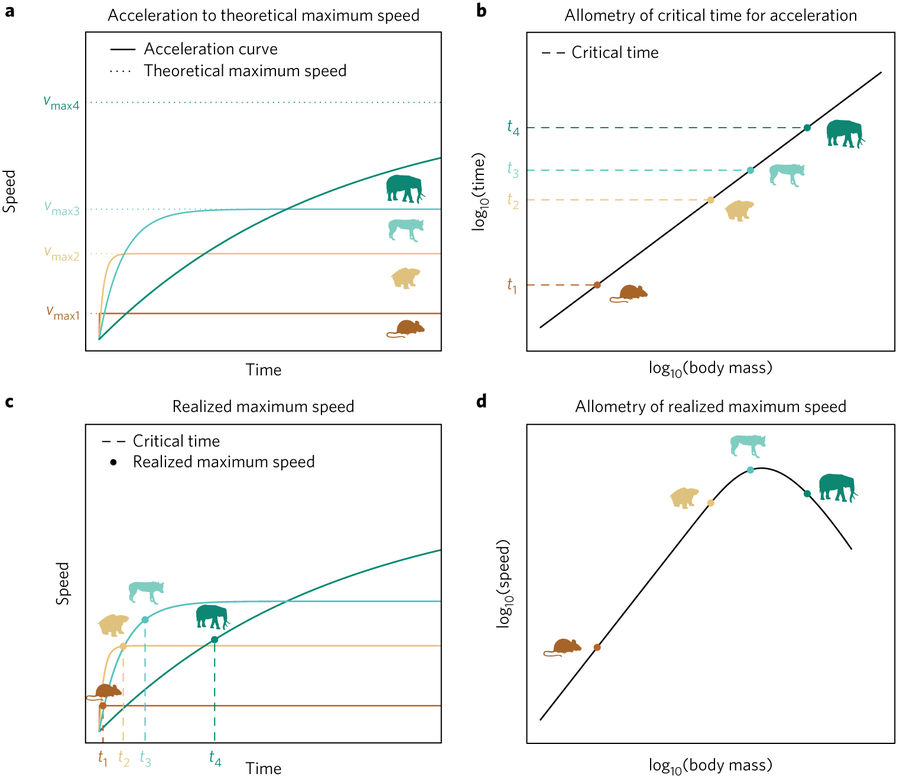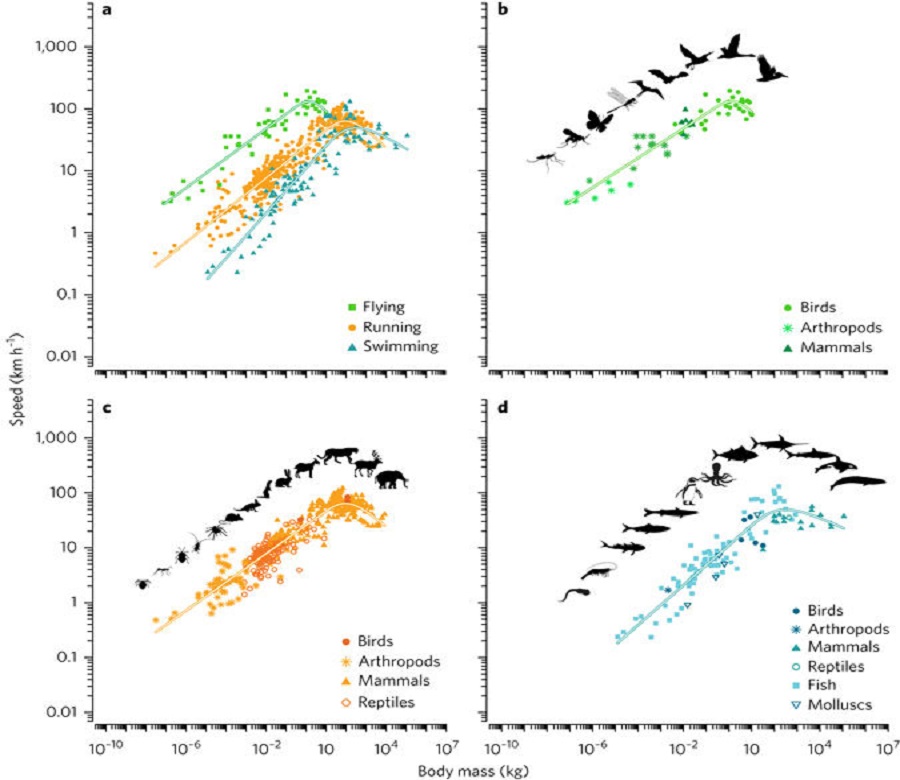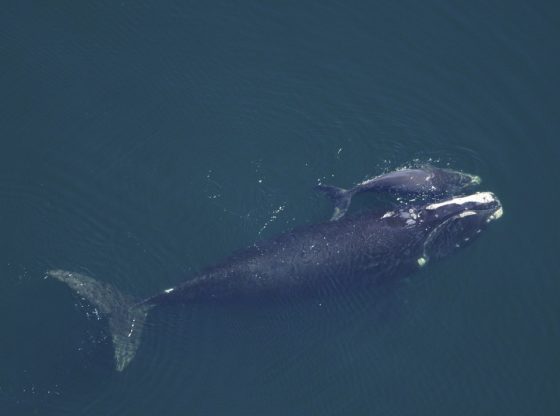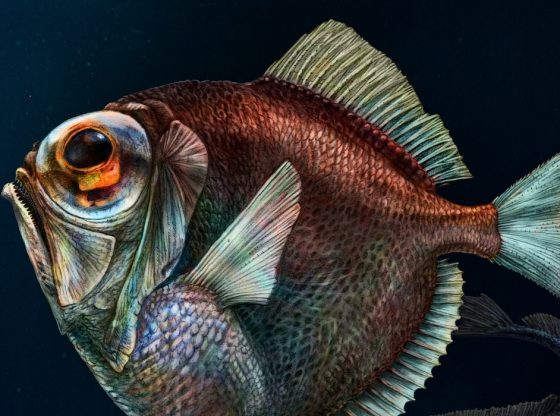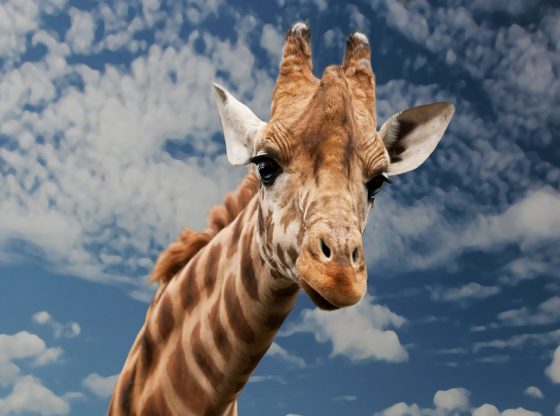The time it takes for an animal to reach its maximum speed can explain why medium-sized animals are the fastest on Earth. This, according to a new study published in the journal Nature.
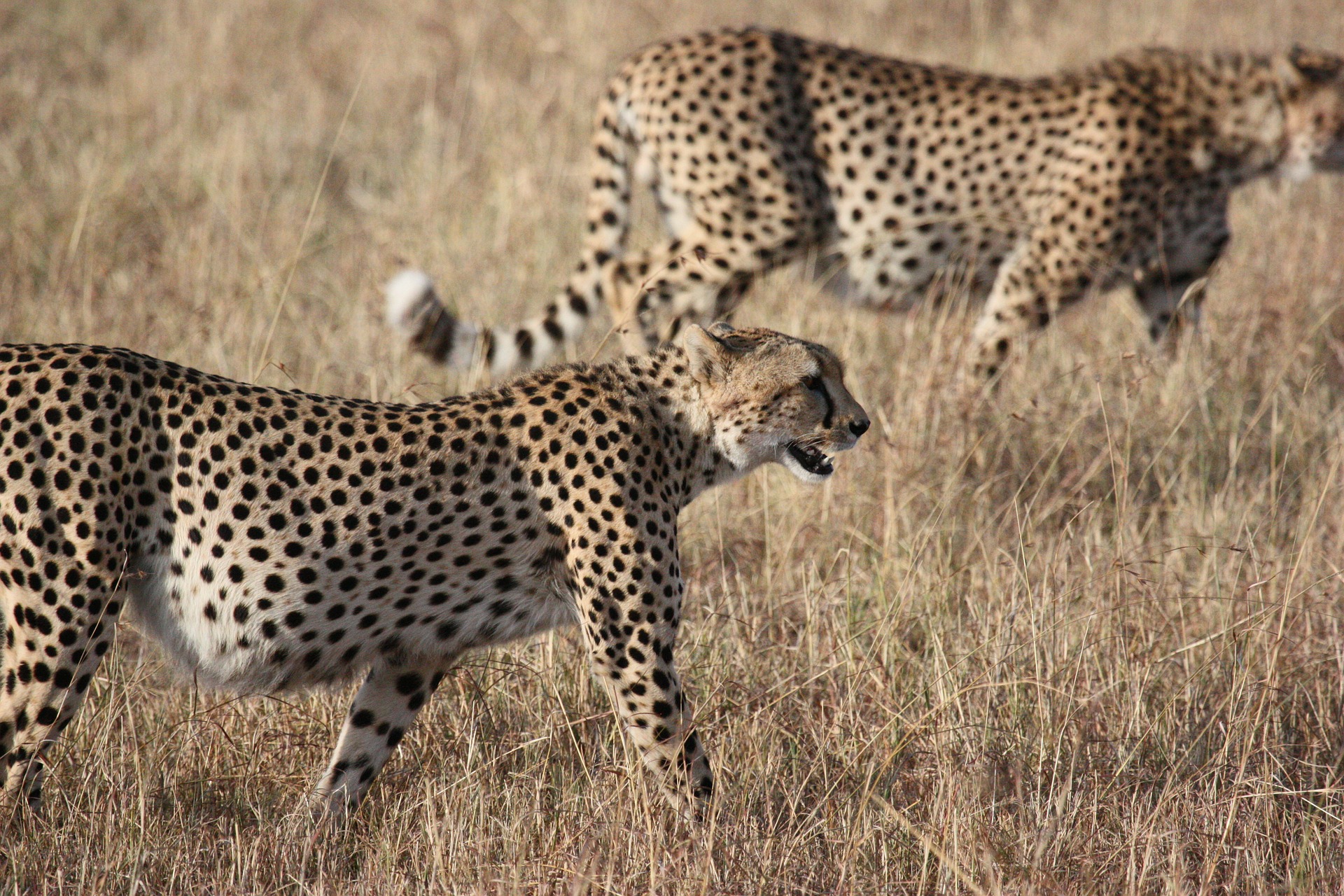
German, British and American researchers have developed a model able to explain why medium-sized animals are generally faster than large.
The researchers believe that the acceleration time determines the maximum speed. The acceleration phase requires so-called anaerobic energy expenditure and how long the muscles are able to sustain this effort depends on the amount of stored energy in the muscle.
Slower activities such as walking around require oxygen to generate the energy, anaerobic activities, however, exclusively uses glucose/glycogen (ATP) as fuel in the absence of oxygen (hence the name “an-aerobic”).
Large animals use up this energy much earlier than medium sized animals, and this is why they are unable to reach the same speeds.
By measuring the body size of the animals, researchers used their new method to accurately predict the maximum speed of all kinds different types of animals. In fact, their model is supported by extensive empirical data.
Testing it across 474 species with body masses ranging from 30 μg to 100 tons – from terrestrial as well as aquatic ecosystems – it was able to accurately predict the speed for 90 percent of animal species.
Our speed predictions .. from only two main species traits: body mass and locomotion mode, which explain almost 90% (R2 = 0.893) of the variation in maximum speed. This general approach allows a species-level prediction of speed which is crucial for understanding movement patterns, species interactions and animal space use.
The researchers also note that their general law of maximum speed can also be used to predict the speed of extinct animals, given accurate information of body mass and locomotion mode.
our model allows prediction of the speed not only of extant but also of extinct species. For example, palaeontologists have long debated the potential running speeds of large birds and dinosaurs, that roamed past ecosystems.
The study estimates that lithe velociraptors could sprint at 50 kph (31 mph), while the giant lumbering T-rex could barely move at half that pace.
Reference:
Hirt et al., “A general scaling law reveals why the largest Animals are not the fastest “, published July 17, 2017 in Nature ecology & evolution, doi: 10.1038 / s41559-017-0241-4

